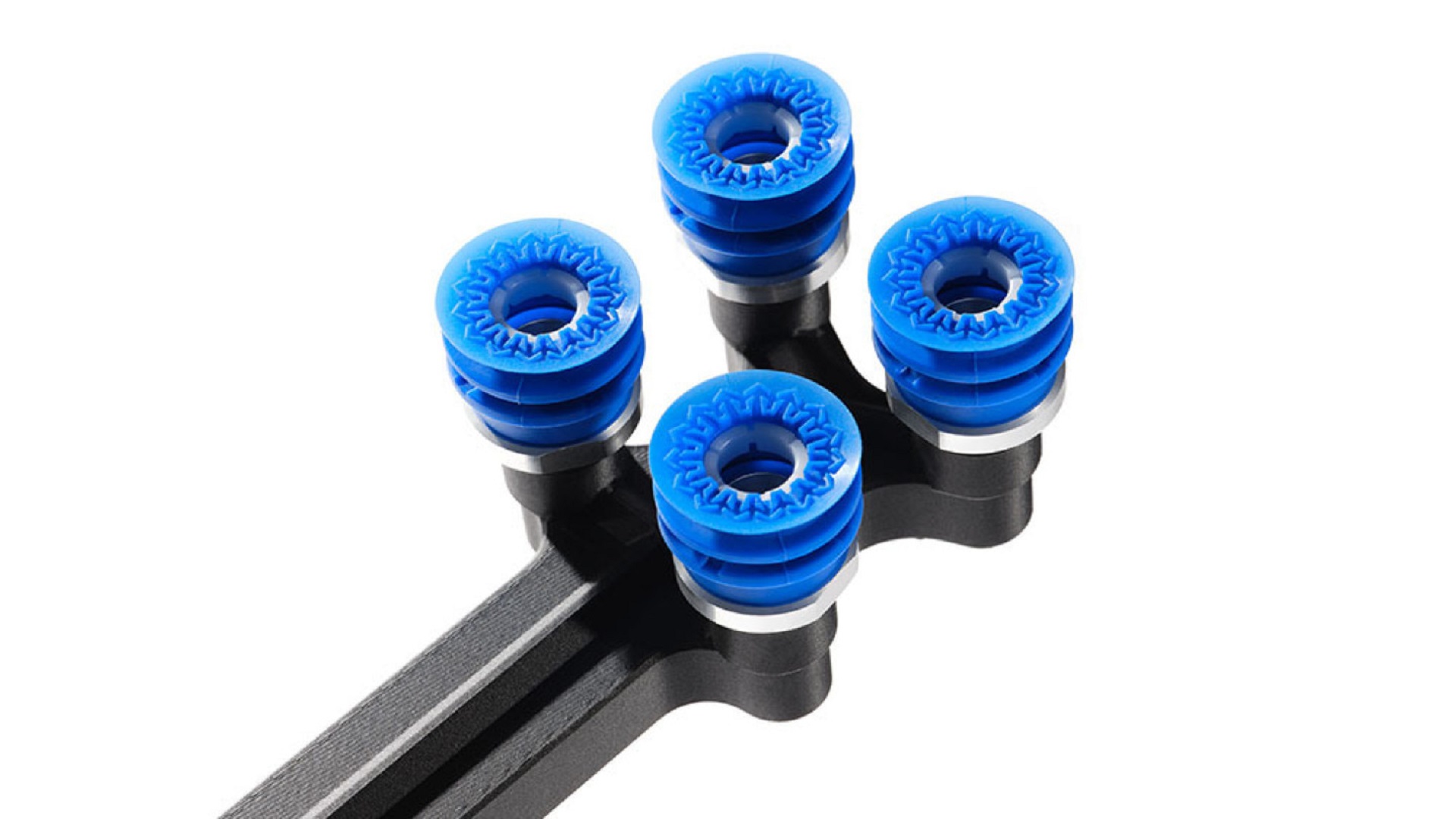Food and beverage manufacturing is a quickly growing industry; the processing equipment market alone is projected to reach $84.9 billion by 2028. Several challenges persist in the sector. Manufacturers run into rising cost pressures, labor shortages, and supply chain disruptions. With a Markforged printer on the factory floor– thousands of manufacturers in food and beverage as well as other industries have reduced the cost of custom tooling and MRO parts up to 90%, supported aging equipment, minimized spare part inventory, and ensured operator safety. Fortunately, 3D printing has evolved beyond its prototyping origins into a powerful tool for tackling challenges on the factory floor. Let’s delve into the practical solutions offered by 3D printing for the Food and Beverage industry.
1. Keep lines up and running by reducing lead times for replacement parts
Wear and tear on manufacturing equipment leads to maintenance and downtime, impacting production efficiency. 3D printing is a cost-effective alternative for producing replacement components like brackets, pushers, and EOAT on-demand.
Read the article in full here.
Sign up today for a free Essential Membership to Automation Alley to keep your finger on the pulse of digital transformation in Michigan and beyond.




